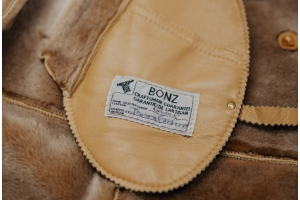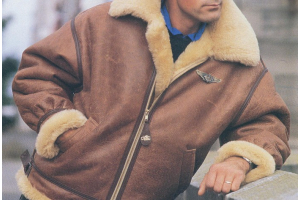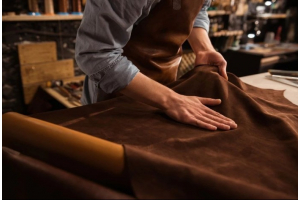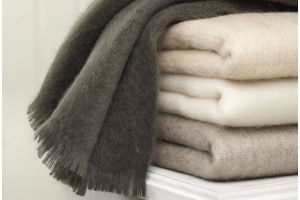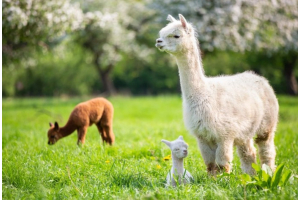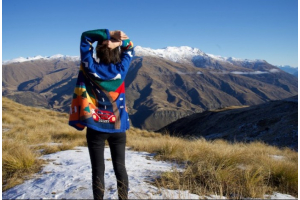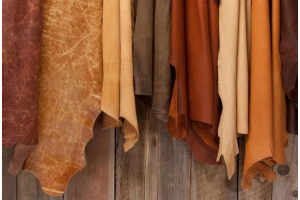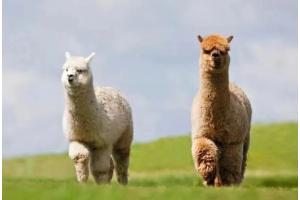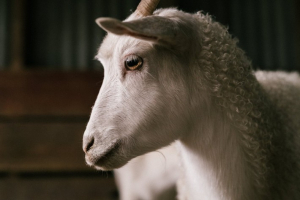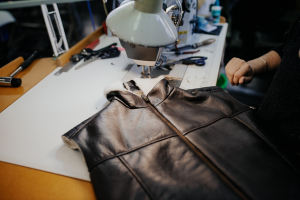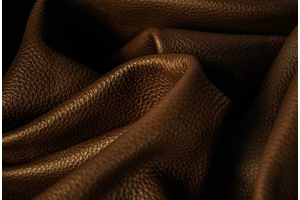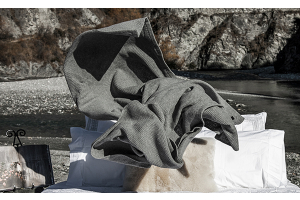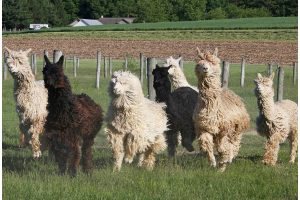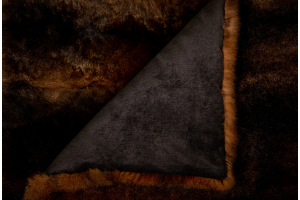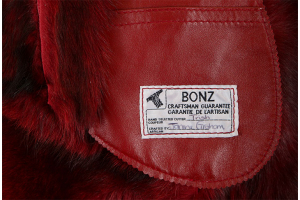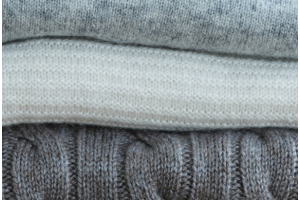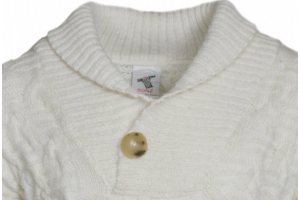We use cookies to ensure that we give the best experience on our website. Click here for more information
All you need to know about aviator jackets
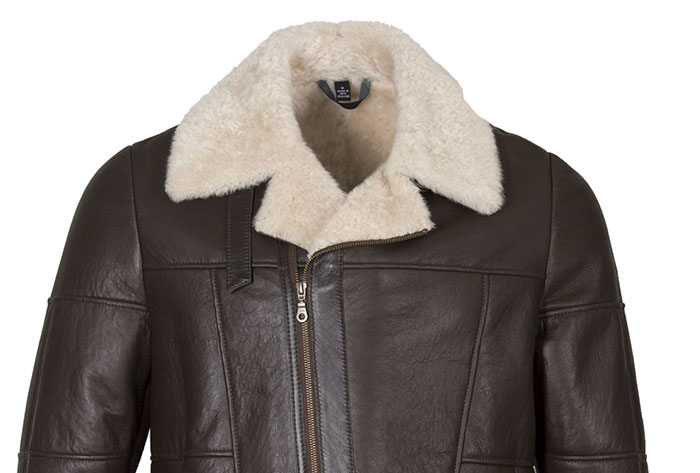
Like many classic men’s garments, aviator jackets were originally created for pilots and eventually became part of popular culture and apparel. Aviator jackets are often called flight jackets or pilot jackets. They have a long history,come in a wide range of styles, and are perfect for casual wear.
What are the aviator jackets?
Today, the aviator jacket is a general term that describes a set of clothing features originally derived from military jackets issued to personnel in the first half of the 20th century. Jackets are usually made of leather, sheepskin or fabric. The waist-length of the jacket is tailored to keep the wearer's warmth in the coldest temperatures. It has a button closure and features elasticated cuffs and hem. The collar slides up and is fixed around the throat to provide additional elemental protection.
History of the aviator jacket
In World War I, most aircraft did not have an enclosed cockpit, so the pilot must wear something that would keep them warm enough. In September 1917, the US Army officially established the Aviation Clothing Commission and began distributing heavy-duty leather flight jackets. High neckline, zip closures with windshield, close-fitting cuffs and waist, some with tassels and lining fur.
Leslie Irvin first designed and built a classic sheepskin aviator jacket. In 1926 he established a manufacturing company in the UK and became a major supplier of the Royal Air Force's aviator jackets during most of the World War II. The demand during the beginning of the war was so great that Irvin hired a subcontractor, which explained the small changes in design and colour that could be seen in the early production of the Irvin aviator jacket.
With the advancement of aerospace technology, the operational height of aircraft has also increased. During World War II, Europe's heaviest bombing raids occurred at a height of at least 25,000 ft, where the ambient temperature could be as low as -50 ° C (-58 ° F). The cabins of these aircraft were uninsulated, so a warm, thick flight jacket was an essential piece for every crew member.
Materials and techniques
The body of the aviator jacket is usually made of boiled wool which provides warmth and the sleeves are generally made of leather with banded wrists and waistbands. Over the years, iterations and models of many different flight jackets have been created. They are usually made from sheepskin, while others are lined with wool, cotton or silk.
At BONZ, each aviator jacket requires an average of 30 lambskins, because each skin is unique, our staff need to sort through 800 skins per batch to find the 30 BONZ jackets hidden in it.
Characteristics
Incredible warmth
Aviator jackets have become increasingly popular since World War II. These jackets can provide special warmth for crew members who sometimes fly at altitudes of more than 30,000 feet. The curling of sheepskin creates insulated air space that keeps the coat warm even at the worst of winter. In addition, it is breathable, allowing the wearer to stay fresh for a long day.
Water-resistant
Usually, lambskin is naturally water-resistant. The fibres in the jacket contain a strong waterproof layer, which prevents water from entering the core. These cores can absorb wet steam without dumping. lambskin has the functions of moisture absorption and water repellence, and its function is similar to that of heat-regulating materials.
Moisture-wicking
In a wide variety of climates, it can keep you warm and dry perfectly. Its moisture-wicking feature helps to carry it anywhere without worrying about the weather. It can also wick away moisture from the wearer’s skin.
Enhanced durability
The lambskin is tight and durable, if you properly take care of the aviator jackets, then they can accompany you for decades.

